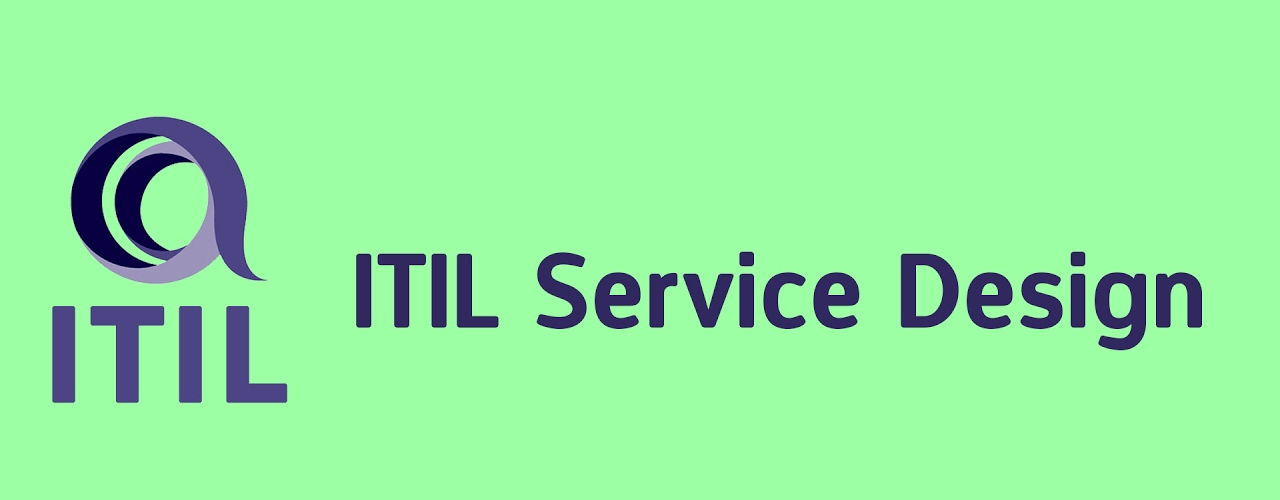Application Development includes research, new development, modifications, reuse, re- engineering, maintenance or any other activity that results in the finished application. As market changes, the way we do our business and spending on IT activities of our business also changes. This dynamic change not only creates pressure but also open the doors to new opportunities. Therefore today, IT giants must stay on the cutting edge of providing complex solutions with less time-to-market in an affordable manner to its customers.
iFour Technolab Pvt Ltd helps organizations to effectively manage their applications through customized solutions. We provide value to our clients by leveraging our techniques and practices to satisfy our customers’ requirements.
Some of our value adding features in our services is:
iFour Technolab Pvt Ltd helps organizations to effectively manage their applications through customized solutions. We provide value to our clients by leveraging our techniques and practices to satisfy our customers’ requirements.
Some of our value adding features in our services is:
- Domain Knowledge: Our deep industry knowledge and technical expertise to deliver effective results. We provide services to reduce costs and increase productivity.
- Customized Application: Customized solutions to support individual business needs. We develop applications that are scalable, secure and easily maintainable.
- Application Maintenance Support: We ensure that our applications are working effectively and efficiently supporting all business requirements. We offer continuous maintenance and support services to ensure long term value adding to our customers.
iFour Technolab Pvt. Ltd. provides application development services in India for various platforms like web, desktop and mobile that includes iOS, Android and Windows mobile. We understand the importance of technology and platform selection and conduct a special walkthrough with customer to discuss and select the right technology platform that suits your requirement and IT infrastructure. We use cutting edge technology for application development and ensure that it is in sync with your IT infrastructure. Throughout the project lifecycle our focus is on the organization and providing measurable results.





